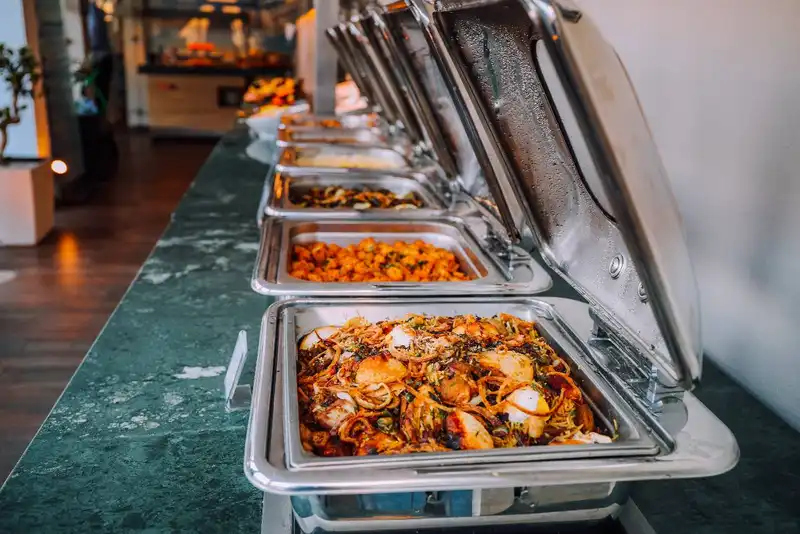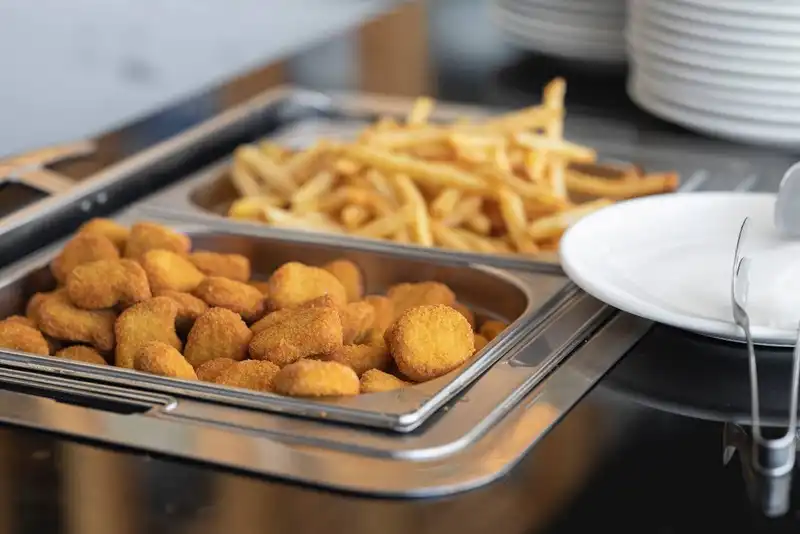The Essentials of Serving Food Temperature
Introduction to Serving Food Temperature
While a mainstay of restaurants is to provide delicious meals to guests, they must also ensure their dishes are safe to eat. This entails presenting foods at the right temperature that is not too hot to consume. Additionally, it should not be too cooled to the point where disease-causing germs are likely to form. By understanding the essentials of serving food temperature, eateries can serve food safely and protect their guests' well-being. They can also enhance their brand as a dependable business and safeguard their reputation.
Proper Serving Food Temperature Techniques

Whether an eatery distributes meals directly to guests or has a buffet-style service, it must be diligent about food temperatures. Generally, all hot foods should have an internal temperature of 140F or above. While cold foods, like dairy products, should be kept at 40F or below. The following are some best practices to ensuring proper serving food temperatures.
Prepare Smaller Portions
Instead of preparing large volumes of food, restaurants should prepare smaller portions. This way, the food will be served quickly and staff can make more based on demand. It is also helpful for buffet-style businesses because they can regularly replace the dishes with fresh ones. Having smaller portions will also help reduce food waste and minimize leftover foods.
Check Temperatures
Restaurant staff should monitor their hot and cold foods throughout the day to ensure they are at the optimal temperature. They can do so by using a food thermometer and inserting it into the center of the container. If the dish is just protein, like steak, then the thermometer should go into the thickest part of the meat. This will ensure an accurate reading of the internal temperature.
Utilize a Warming Appliance

Foodservice businesses can use a warming appliance, such as a slow cooker or warming tray, to maintain hot temperatures. Some devices, however, have temperature limits. Restaurant owners should check product labels to make sure the appliance has temperature control settings and can hold foods at 140F or above.
Refrigerate Cold Foods
Cold foods, such as ice cream and potato salad, should be refrigerated until it is finally served. If it must be on a buffet or serving table, then it should be placed on a bed of ice. This will help delay the foods from warming up and reaching the temperature danger zone of under 40F.
Do Not Mix Old Food With Fresh Food

When serving foods to customers, do not mix fresh food with food that has already been out. This can cause bacteria to cross-contaminate into the new dish and can lower its quality. Instead, staff should wait until the current dish is almost or entirely empty and replace it with new platters.
Adhere to the 2-Hour Rule
If food is left out at room temperature for over 2 hours, then it must be discarded as soon as possible. In the case that the room temperature is more than 90F, then the holding time is lowered to 1 hour. However, if the dishes were properly kept hot or cold, then restaurants can continue to safely serve them.
The Importance of Correct Food Serving Temperature

Foodservice businesses need to follow correct food serving temperatures for the well-being of their customers. According to the Food Safety and Inspection Service (FSIS), the temperature danger zone ranges from 40F to 140F. When foods enter the danger zone, bacteria will grow rapidly and can double in number in as little as 20 minutes.
The most common pathogens that grow on foods are salmonella, E. Coli, and staphylococcus. When consumed, it can cause individuals to contract foodborne illnesses. Therefore, restaurant businesses need to take extra food safety precautions to prevent bacterial growth on food. This means monitoring hot and chilled food temperatures and ensuring they are out of the danger zone. Keeping hot meals at high temperatures will also guarantee that pathogens are effectively killed off.
Additionally, following these protocols will not only prevent a disease outbreak but will also guarantee regulatory compliance. For example, the California Retail Food Code states that potentially hazardous foods (PFHs) must be maintained above 135F or below 41F. Potentially hazardous foods refer to ingredients that have a high chance of bacterial growth if left too long at room temperature. This includes dairy products, raw meat, poultry, and cooked pasta.
Restaurants should review their local food regulations to ensure their offerings meet standards. Doing so will prevent costly penalties, fines, or lawsuits due to non-compliance. Ensuring food safety will also help the business build a dependable brand and loyal consumer base.
Conclusion to Serving Food Temperature
- All types of food service businesses, such as buffets and restaurants, must have careful serving food temperature standards.
- Generally, to ensure safe foods, all hot meals should be maintained at or above 140F. Chilled foods that must be served cold need to be kept at 40F or below.
- Business owners should thoroughly review their local guidelines and food regulations for temperature standards.
- To guarantee food freshness and safety, businesses should follow best practices for serving food temperature. This includes preparing smaller portions, using warming appliances, and following the 2-hour rule.
- It is important to keep foods at the optimal temperature because it will prevent harmful bacteria from growing and spreading. By implementing proven techniques, restaurants can prevent disease outbreaks and ensure regulatory compliance.



